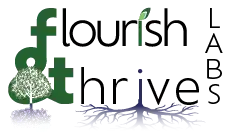Here’s the introduction paragraph with the additional details you provided:
Every month, Flourish and Thrive Labs hosts a local public health Coffee and Connect series, providing opportunities for connection and learning within the public health community. During our April event, I had the opportunity to share about a really important issue that I care a lot about – communicating what public health is, and how we can explain it to our loved ones.
As the CEO of Flourish and Thrive Labs, I often grapple with the challenge of effectively communicating the complexity of public health work to those closest to me. Whether it’s explaining it to my friends, family members, or even my own young daughter, finding the right words and analogies can be tricky.
In this post, I’ll explore how I navigate these conversations with three important people in my life – my friend Beth Ann, my mom Jill, and my 19-month-old daughter Junia. If you’d like to watch my talk, you can also watch it below.

Explaining to a Friend
When explaining my work to my friend Beth Ann, a PhD historian, I found that a “bring your friend to work day” was an effective approach. This allowed Beth Ann to directly see and experience my day-to-day responsibilities, and also revealed areas of commonality between our fields, such as the importance of understanding and engaging with the community. I recommend this “show and tell” approach as a way to help friends and colleagues outside of public health gain a more tangible understanding of what we do.

Explaining to a Parent
I explained how public health professionals work to put up fences, install trampolines, and take other proactive measures to keep the community safe and healthy, rather than just relying on the ambulance (treatment) at the bottom of the cliff. This analogy helped my mom grasp the preventive and community-focused nature of public health.
For my mom Jill, I utilized an analogy that has been widely used in public health – the “cliff” metaphor. This analogy was originally published in a 2009 article by Jones et al. titled “Addressing the Social Determinants of Children’s Health: A Cliff Analogy.”
I described building a community on the edge of a cliff, where the “health event” is someone falling off. While an ambulance (treatment) is available at the bottom, the goal of public health is to prevent people from needing that ambulance in the first place.


Explaining to a Child
When it came to explaining my work to my 19-month-old daughter Junia, I tailored my approach to her lived experiences. I connected public health to things Junia encounters daily, like getting vaccinated, washing hands, and giving our family dog its monthly medication. By grounding the explanations in Junia’s everyday activities, I was able to help my young daughter understand how public health practices are woven into our lives to keep our communities healthy.

Communicating the complexities of public health to our loved ones can be a challenge, but as these examples demonstrate, it is an important effort. By finding creative analogies, hands-on experiences, and connections to our daily lives, we can help those close to us develop a deeper appreciation for the vital work of public health professionals.
Remember, you can always direct your friends, family, and community to our Public Health Networking series to learn more about these topics and provide opportunities for connection and learning. And to learn more about my work, you can visit my LinkedIn profile.

